In today’s blog: I return to the Howrah Station in Kolkata, India, scene of the infamous Calcutta Railway Riot, for the first time in thirteen years. There’s even a video! We explore how the city has changed, and important lessons to be learned from India.
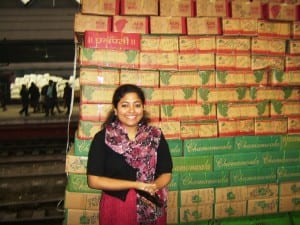 Even the name of the city has changed. I could hardly believe when I landed in Kolkata last week, a place I knew thirteen years ago as Calcutta, and the first city in India I ever visited. For those not familiar with the story of the Calcutta Railway Riot, click here to read: Calcutta Railway Riot. I returned here last month to work with the Indian counterpart of one of my U.S. based clients, and from the moment I landed in the airport I could feel the change, not just in Kolkata but in myself. The city and I were like mirrors of each other, and I wanted to see my relationship with India through her lens.
Even the name of the city has changed. I could hardly believe when I landed in Kolkata last week, a place I knew thirteen years ago as Calcutta, and the first city in India I ever visited. For those not familiar with the story of the Calcutta Railway Riot, click here to read: Calcutta Railway Riot. I returned here last month to work with the Indian counterpart of one of my U.S. based clients, and from the moment I landed in the airport I could feel the change, not just in Kolkata but in myself. The city and I were like mirrors of each other, and I wanted to see my relationship with India through her lens.
So much in India revolves around the circular, from the roundabouts to the wheel of kalachakra (meaning the wheel of time) to reincarnation. In 1998 when I arrived in the city I was alone. The airport looked like a small convenience store, with the same man unloading my luggage and checking my passport. I got a taxi that sunny October day and rode into town, seeing India for the first time. My mouth hung to the ground as we weaved through farmer’s fields, cows decorated for Durga Puja festival (Hindu festival celebrating the goddess Durga), ox carts spilling vegetables and nearly causing a twelve car collision, women in red and green saris begging for milk with grins on their faces, crowds so thick I could barely distinguish one set of limbs from another, oily pastries being cooked over open flames on the side of the road, and so much more. All I could do back then was think in images, not words, because words failed me. That was the beginning of my marriage to India, and it was about to come full circle.
Last month when I once again got off the plane in Kolkata and collected my luggage, this time from a carousel rather than a gritty man with a hat, I thought about India’s circles. Here I was about to meet my client to help build bridges between their U.S. and India offshore partnership, in the very city where I caused a riot. I could not wait.
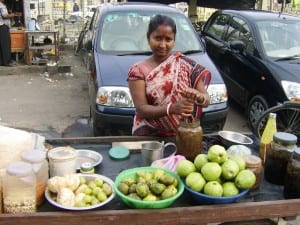 I walked outside into Kolkata’s thick air, a mixture of haze and humidity that nearly blots out the sun, and my client’s representative in charge of me was waiting, a lively woman named Anindita who I now call my friend. She welcomed me to Kolkata and we made our way to the hotel in the outskirts of the city. Gone were the farmer’s fields and most of the ox carts, at least in that area; they had been replaced by massive construction of malls, hotels, and tech centers. I would not have recognized the city if I didn’t know where I was, and Anindita talked about the explosion of change. She had always lived in Kolkata and had a fondness for it that I admired. We agreed to take a tour together the next day and she would show me her beloved city from a soulful perspective, one where she herself would discover new things.
I walked outside into Kolkata’s thick air, a mixture of haze and humidity that nearly blots out the sun, and my client’s representative in charge of me was waiting, a lively woman named Anindita who I now call my friend. She welcomed me to Kolkata and we made our way to the hotel in the outskirts of the city. Gone were the farmer’s fields and most of the ox carts, at least in that area; they had been replaced by massive construction of malls, hotels, and tech centers. I would not have recognized the city if I didn’t know where I was, and Anindita talked about the explosion of change. She had always lived in Kolkata and had a fondness for it that I admired. We agreed to take a tour together the next day and she would show me her beloved city from a soulful perspective, one where she herself would discover new things.
The next morning I went and visited my client at the office and we had an interesting discussion. He told me that in Kolkata, many people have a mentality of challenging themselves. They can do a repetitive task or job for awhile but then restlessness sets in and they want something more. This made sense to me, as many of the country’s great minds come from Kolkata, including Nobel laureate Rabindranath Tagore. We sat lost in the exchange of thought and time flew by until Anindita came to pick me up for our roam around Kolkata.
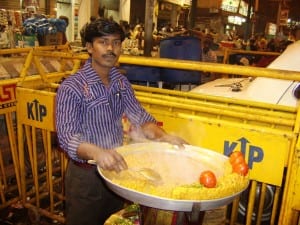 From that moment on, I felt like Kolkata was a giant swimming pool of color and adventure and that I had just dived in. We spent the whole day and evening zig-zagging through the city by car, winding through small neighborhood streets with people on the edge of the curb cooking, women with dark skin against bright saris sitting on blankets, bus drivers and pedestrians shouting at each other, and cars coming within millimeters of us at the intersections. Unlike yesterday, I felt as though I recognized every street from thirteen years ago, and it seemed that very little had changed. Kolkata was as lively and gritty as ever, and I couldn’t stop thinking about who I was here back in 1998. How much had I really changed?
From that moment on, I felt like Kolkata was a giant swimming pool of color and adventure and that I had just dived in. We spent the whole day and evening zig-zagging through the city by car, winding through small neighborhood streets with people on the edge of the curb cooking, women with dark skin against bright saris sitting on blankets, bus drivers and pedestrians shouting at each other, and cars coming within millimeters of us at the intersections. Unlike yesterday, I felt as though I recognized every street from thirteen years ago, and it seemed that very little had changed. Kolkata was as lively and gritty as ever, and I couldn’t stop thinking about who I was here back in 1998. How much had I really changed?
Our first stop was Belur Math, a place paying homage to Guru Ramakrishna Paramhansa who preached unity of all religions. No photographs were allowed here so I cannot share images with you, but I can tell you that this was an impeccably clean, peaceful place with white and yellow flowers everywhere. We removed our shoes and walked inside, filing past Ramakrishna’s statue as people prayed and security guards waved them on after a brief rest in front of the altar. The temple overlooked the Hooghly River and small steamer boats with recycled tires hanging off the sides chugged by carrying people to the other side.
Our faithful driver was waiting when we came out of Belur Math and we began to worm our way back into the snarled traffic. As we were talking about our next stop, Anindita suddenly looked up and her eyes got big.
“That’s the Howrah Bridge!” she cried. “We’re not far from the train station!”
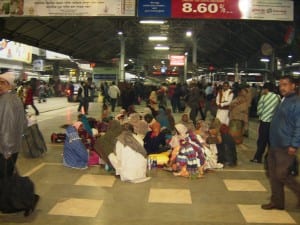 I could hardly believe my ears. I had shared with her my dream of returning to the scene of the “crime” and the place where I first woke up to the fact that I had a lot to learn about India. My hotel and the client office, however, were miles away and I had been told the journey could take close to three hours in traffic. But in our random wandering around the city, we had gotten there the circular way. Of course.
I could hardly believe my ears. I had shared with her my dream of returning to the scene of the “crime” and the place where I first woke up to the fact that I had a lot to learn about India. My hotel and the client office, however, were miles away and I had been told the journey could take close to three hours in traffic. But in our random wandering around the city, we had gotten there the circular way. Of course.
The driver let us off and I held my breath, wondering if I would recognize the station and the riot site. Within seconds, I did. Howrah station had hardly changed at all. Just like thirteen years ago, groups of rural workers from the state of Bihar sat together waiting for their trains. Men carrying giant baskets and other loads walked in all directions, and passengers ran to make their departure times. The trains were more colorful than I remember, but I could almost see my friend Anke and I attempting to calm the crowd of yelling, brawling rioters.
Anindita got caught up in the excitement and we walked around in awe of just being there. I spotted the area where I believe the riot occurred and charged Anindita with taking a short video of me on my iPhone. Just as I was talking, a policeman came over to us and said, “Hey, don’t do that!” I put the camera down and we cracked up in laughter. This is why the video got cut off! Apparently I can’t come to Howrah station without getting into trouble.
What struck me the most was who I had become in those thirteen years and how much I still loved India. That circle had come around, from riot to cross-cultural consultant. One could argue that the consultant role would never have come without the riot. The police might disagree.
After much reflection Anindita and I continued on to the New Market. By now it was dark and the market was leaping to life with vendors selling snacks, brooms, toys, and everything else you can imagine. We bought some clothes and walked around, then talked about our day over coffee. Anindita, like me, was a true adventurer. She always saw Kolkata with new eyes. Sometimes she would take “blind tours” of the city, just getting on a random bus and not knowing where she would end up. We were global soul mates.
What I learned from my eye-opening time in Kolkata was that the city’s real soul lies underneath the surface, and that sometimes you have to go in a circle just to get where you are. I will always be grateful to the city for being my gateway to India, and to a whole new life.


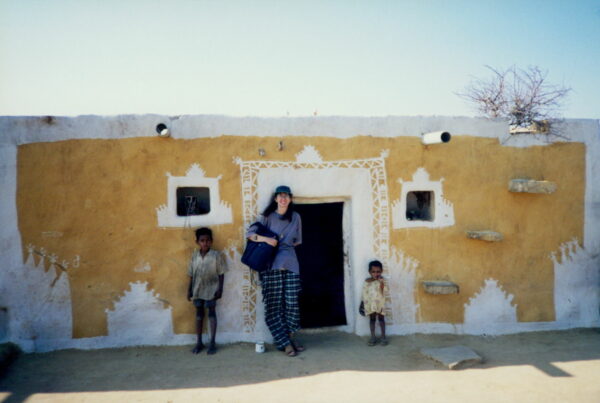
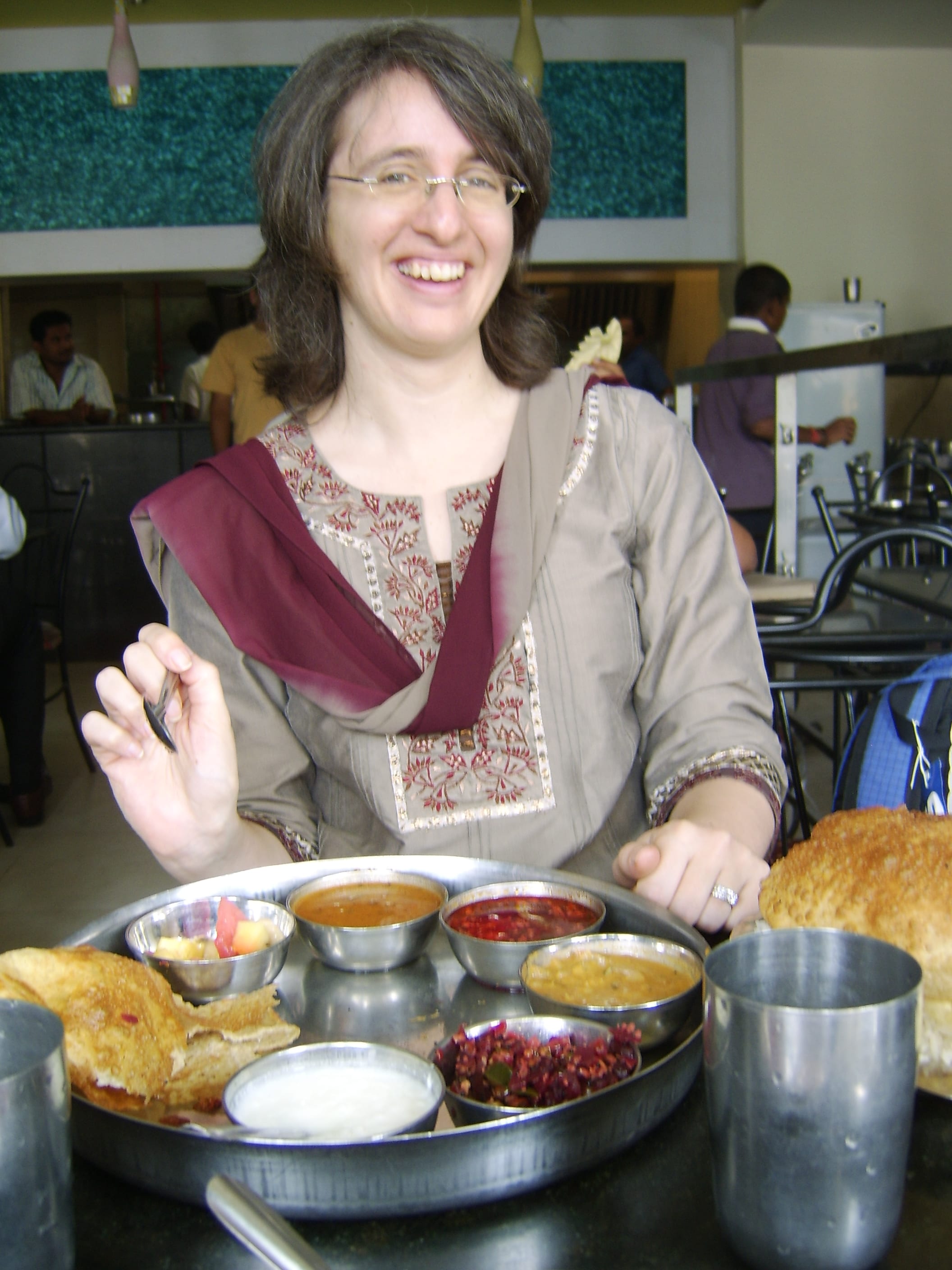

Oh Vicki! So nicely written. You didn’t miss any single detail. I’m really hounoured.
Thank you for the richly described tour and even the truncated video. I felt like I was there.
Reflecting on India and the circle…love your fresh insights and interesting perspective as always.
Thank you, all for your comments. I’m so glad you enjoyed this entry, as it was special and really fun for me to write. Anindita, it was my honor to spend the day with you!
Vicki, I loved reading this blog. What vivid descriptions in your writing of the past and most recent adventure in Calcutta/Kalkota! Comparing and contrasting the two time periods made reading your story fascinating. You made the railway station come alive for me in the video, too, remembering your tale of thirteen years ago. The changes in both the city and yourself are pretty amazing, yet some things do not change; one is your adventuresome spirit, and two is your love of people from all over the world.
Yes, you HAVE come a long way, Vik–or shall we say a big circle. From Riot Initiator to Cross Cultural Consultant, it’s been a beautiful journey and I am so proud of you. Maybe it’s kind of appropriate that you almost got in trouble there AGAIN, but this time you had the knowledge and skills to avert would could have been a nasty confrontation.
Vicki, thanks for “taking us all with you” as you celebrated your 13-year reunion with Kolkata. Just like you…Kolkata may have changed in some aspects, however, the heart remains the same!
Thank you so much, Todd and Kim, for your inspirational comments about my “circle!” It’s been such a grand journey and I am not sure where it’s taking me next, but I’m glad to have my friends and colleagues along with me.